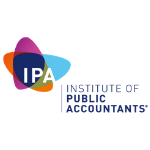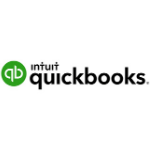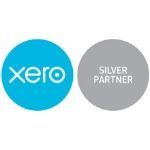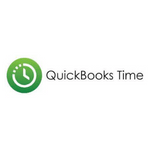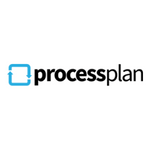What is bank reconciliation and why should you automate this.
Are you spending hours of precious business time completing your bank reconciliations? We’ll show you how to switch to cloud accounting and automate these bank recs. #businessadvice
Good bookkeeping is all about recording and matching your financial transactions. Over the course of a usual week of trading, you’ll have a range of payments being deposited into your bank account and a host of operational expenses being withdrawn from that same account.
To keep on top of this, you must match each line on your bank statement with the transactions recorded in your accounting software. This process of matching the incoming (or outgoing) transaction with the relevant receipt, invoice or supplier bill is called bank reconciliation.
Why is bank reconciliation so labour intensive?
Bank reconciliation (or bank recs) is not the most thrilling part of the accounting process. But it’s essential if you’re going to have an accurate overview of your current accounting balance, and the balance that’s in your business bank account.
Traditionally, to complete the bank recs, you would need to:
- Get a copy of your bank statement for the period
- Check the deposits (cash coming in) and withdrawals (cash going out) on the statement
- Look at the related credits and debits in your accounting software
- Match these transactions to the relevant receipts, invoices or supplier bills
- Reconcile your balance in the bank with the balance in your accounting software.
It’s a necessary process – and something you have to keep on top of. But it’s also a laborious and time-consuming task that eats into your admin time. So, is there an alternative?
How can automation help to lighten the workload?
Accounting software has evolved in leaps and bounds over the past decade. And many of the innovations that are now available focus on alleviating the time-intensive tasks, like bank recs.
Modern cloud accounting packages offer a range of ways to not only lighten the financial workload, but also to improve speed, accuracy and efficiency.
For example:
- Live bank feeds – these software integrations pull all the data from your online banking into the accounting software, giving you a live feed of your bank transactions.
- Automated matching – artificial intelligence (AI) and machine learning are used to automatically match the right invoices and bills with your bank transactions.
- One-click matching – in a platform like Xero, you just need to review the automated matches and then click OK to match the transaction and complete the bank rec process.
- Reduced human error – with an algorithm doing the matching, there are fewer errors in the bank rec process, and the whole process is completed in seconds, rather than hours.
- Real-time bank and accounting balances – with live bank feeds and real-time data in your accounting software, you have the most current overview of your balances.
Talk to us about automating your bank reconciliation process
If your current accounting platform doesn’t allow for automated bank recs, now’s the time to upgrade. Cutting out the manual processes gives you more time to focus on higher-value financial tasks, and keeps the reconciliation process ticking away silently in the background.
Get in touch to discuss switching to a new accounting platform.











